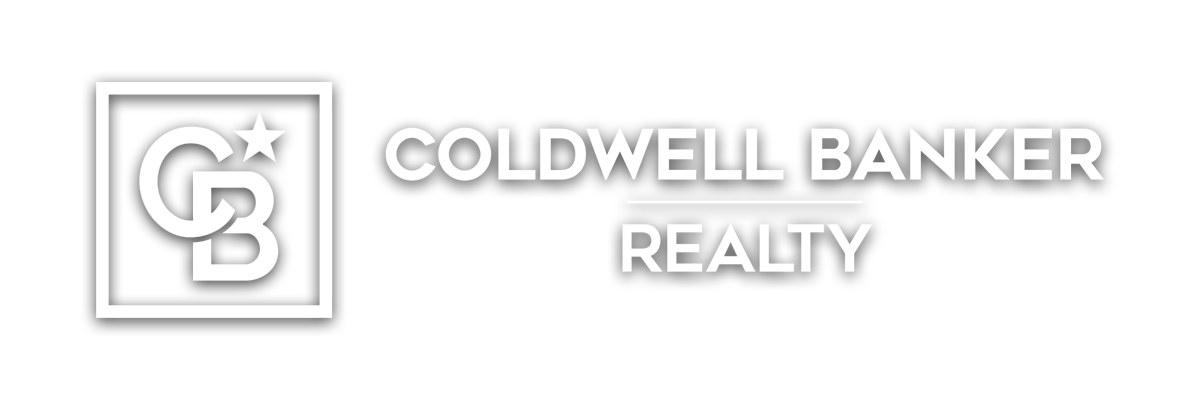Weston Real Estate Market Trends: A 20-Year Analysis (2006-2025)
The Weston real estate market has experienced significant shifts over the past two decades, reflecting broader economic trends, changing buyer preferences, and external events such as the 2008 financial crisis and the COVID-19 pandemic. This comprehensive analysis examines sales volume, market activity, pricing trends, and other key metrics to provide insights into the evolution of Weston’s single-family home market from 2006 through the first quarter of 2025.
All-Time Highs
Most Homes Sold: 296 (2020)
Highest Avg. Sale Price: $1,533,136 (2025)
Fastest Sales: 34 days (2024)
Major Market Shifts
Largest Price Drop: -20.9% (2009)
Largest Price Gain: +31.5% (2021)
COVID Boom: 2020-2022
Current Market (2025 YTD)
Homes Sold: 26 (Q1 only)
Avg. Days on Market: 54
Sale-to-List Ratio: 102.1%
Listings Sold and Days on Market Trends (2006-2024)
The chart below illustrates the relationship between the number of properties sold annually in Weston and the average time properties spent on the market before selling. This dual-axis visualization provides insights into market velocity and demand patterns over the past 19 years, revealing how quickly homes sold in relation to overall market activity.
Analysis: Market Activity and Velocity
The data reveals several distinct phases in Weston’s real estate market, with the most dramatic shifts occurring during major economic events:
2008-2009 Financial Crisis Impact: The market experienced a substantial slowdown during the financial crisis, with listings sold dropping to a 19-year low of just 94 properties in 2009, while the average days on market increased to 134 days—the longest selling period in our dataset. This clearly illustrates the hesitancy of buyers during economic uncertainty.
Unprecedented COVID-19 Surge: Perhaps the most remarkable trend is the extraordinary increase in market activity during 2020, when listings sold jumped by 81.6% year-over-year to reach an all-time high of 296 properties. This surge coincided with the pandemic’s acceleration of remote work trends, driving urbanites to seek larger homes in suburban settings like Weston.
Market Efficiency Transformation: Between 2019 and 2024, the average days on market plummeted from 126 days to just 34 days—a 73% reduction in selling time. This dramatic efficiency improvement reflects the intensely competitive seller’s market that emerged post-COVID, with properties being snapped up at unprecedented speeds.
Recent Market Normalization: The data from 2020-2024 shows a gradual normalization, with listings sold decreasing consistently year over year, though still remaining above pre-2020 levels. Meanwhile, the Q1 2025 data suggests a potential market adjustment, with days on market increasing to 54 days—the first significant increase since 2019.
Average List Price vs. Sale Price Trends (2006-2024)
This chart tracks the relationship between what sellers initially list their properties for (average list price) and what buyers ultimately pay (average sale price). The gap between these lines—or lack thereof—reveals important information about negotiating power in the market and can help identify periods of buyer’s versus seller’s advantage.
Analysis: Price Trends and Market Dynamics
The price data tells a compelling story about Weston’s real estate market evolution:
The Remarkable Price Recovery: After hitting a low point of $794,511 in 2019, the average sale price has nearly doubled to $1,533,136 in early 2025. This represents a stunning 93% increase in just six years, with the most dramatic appreciation occurring between 2020 and 2022.
The Shift to a Seller’s Market: For the first time in Weston’s recorded history, beginning in 2021, properties started selling above their listing prices on average. This unprecedented trend has continued for five consecutive years through Q1 2025, with the sale-to-list price ratio peaking at 103.8% in 2022. This indicates a fundamental power shift in the market from buyers to sellers.
Price Volatility During Major Events: The data clearly shows how external economic factors impact Weston property values. The 2008-2009 financial crisis triggered a -20.9% price drop, while the COVID-19 pandemic sparked a remarkable 31.5% price increase in 2021—the largest single-year gain in the entire dataset.
Two Distinct Market Cycles: The market has experienced two complete cycles over the 20-year period: a decline phase from 2008-2012, followed by a recovery from 2013-2015, another decline from 2016-2019, and the current growth phase from 2020-present. The current growth phase (2020-2025) is now the longest sustained period of price appreciation in the dataset.
Key Market Indicators and Findings
Sale Price to List Price Ratio Evolution
The relationship between what sellers ask and what buyers pay provides crucial insight into market dynamics:
- Pre-2020: Properties consistently sold below asking price (92-97% of list price)
- 2021-2025: Properties consistently sold above asking price (101-104% of list price)
- The 2021 shift represents a fundamental change in market dynamics and buyer behavior
Correlation Between Market Metrics
Statistical analysis reveals strong relationships between key metrics:
- Strong negative correlation (-0.87) between days on market and sale price: as homes sell faster, prices increase
- Market phases show consistent patterns: periods of price growth coincide with decreased days on market
- Inventory levels (listings sold) tend to spike at market inflection points, particularly evident in 2020
COVID-19’s Transformative Impact
The pandemic fundamentally reshaped Weston’s real estate market:
- Days on market dropped by 51.3% between 2020 and 2021 (from 117 to 57 days)
- Sale prices increased by 31.5% in 2021 alone—the highest annual appreciation on record
- The market shifted from a buyer’s to a seller’s advantage, with properties consistently selling above asking
- Remote work trends appeared to drive urban-to-suburban migration, particularly benefiting communities like Weston
2025 Outlook Based on Q1 Data
With 26 properties sold in Q1 2025 at an average price of $1,533,136, we can make several observations:
- Annual sales pace projects to approximately 104 properties—which would represent a 22% decrease from 2024 levels
- Average days on market has increased to 54 days (from 34 in 2024), suggesting a potential market slowdown
- Properties continue to sell above asking price (102.1% ratio), but at a slightly lower premium than 2022-2024
- Price appreciation continues but at a more moderate rate of 5.2% year-over-year
Historical Perspective and Long-Term Trends
Looking at the 20-year dataset in full, several long-term patterns emerge:
- The average sale price in Weston has increased by approximately 26% over the entire period, from $1,214,232 in 2006 to $1,533,136 in early 2025
- However, adjusting for inflation, the real value of homes has seen more modest growth
- The market has become significantly more efficient, with homes selling much faster now than at any point in the mid-2000s
- The data reveals complete market cycles, with the 2008-2012 decline phase (spanning 5 years) being the longest period of sustained price drops
- The current growth phase (2020-2025) is now the longest sustained period of price appreciation in the dataset
Data Table: Weston Single Family Home Market (2006-2025)
| Year | Listings Sold | Avg Days on Market | Avg List Price | Avg Sale Price | % Change | Sale:List Ratio |
|---|
Source: Information compiled from the Smart MLS
Data as of March 31, 2025

